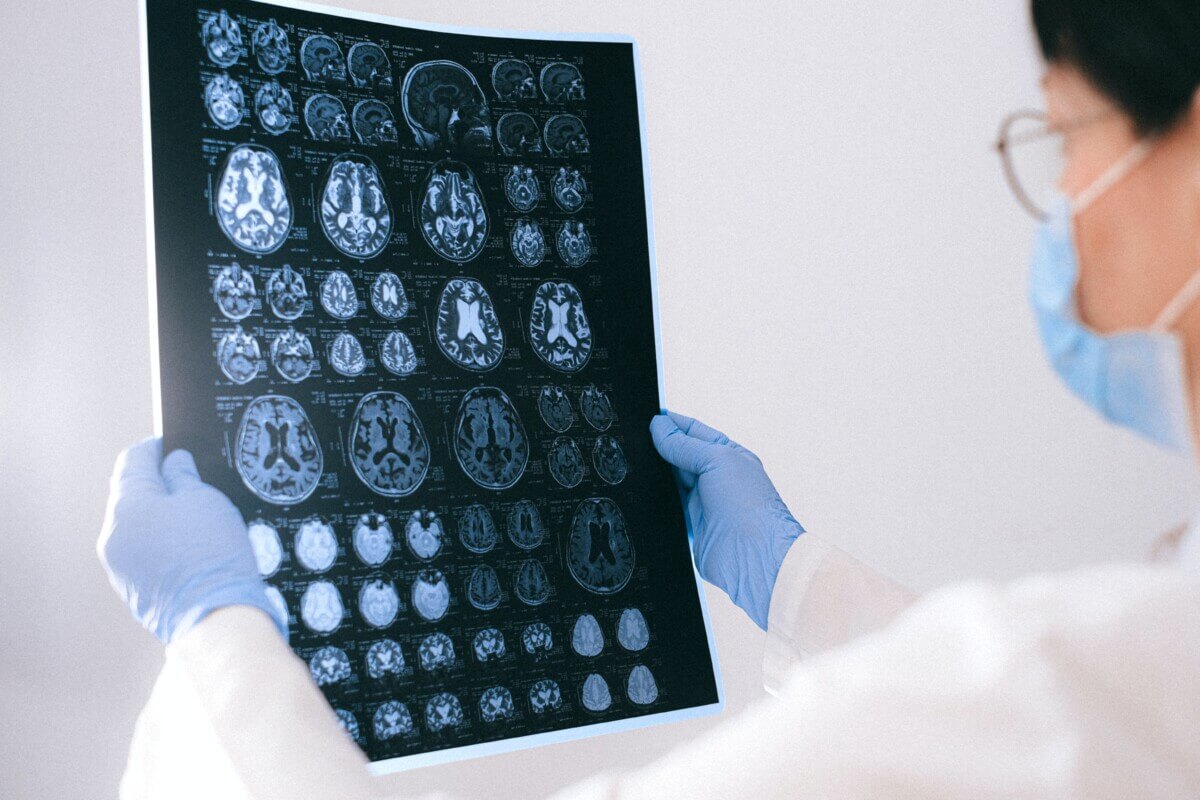
MRI image of the brain (Courtesy of Anna Shvet on pexels.com)
DETROIT — A cutting-edge treatment could soon give doctors a new weapon in the fight against deadly brain tumors. Phase one clinical trials are underway at the Hermelin Brain Tumor Center at Henry Ford Health to explore the maximum tolerated dose of a modified virus, specifically designed to destroy cancer tissue, in combination with fractionated stereotactic radiosurgery. This innovative treatment approach is being studied among patients with recurrent high-grade astrocytomas, including aggressive glioblastoma.
“Participants in this study have progressive high-grade astrocytomas and glioblastoma, and are scheduled for repeat surgery,” says Dr. Tobias Walbert, co-director of the Hermelin Brain Tumor Center, in a media release. “After removing as much tumor tissue as possible, a modified virus is injected into the resection cavity and any remaining tumor tissue. Our goal is to determine the maximum tolerated dose of this injected virus, which selectively replicates in and destroys cancer tissue.”
The treatment strategy also includes a unique therapy combination involving oral medications, 5-fluorocytosine, and valganciclovir prodrug therapy. These medications are designed to become toxic only inside tumor cells, initiating a process known as “suicide-gene therapy.” By causing tumor cells to self-destruct, this approach can potentially hinder tumor growth. Following surgery, patients will receive fractionated radiosurgery, where the total dose of targeted radiation is divided into multiple smaller doses administered on different treatment days.
“This study will advance our understanding of oncolytic adenovirus-mediated double suicide-gene therapy in patients with high-grade astrocytomas,” says Dr. Farzan Siddiqui, co-investigator of the study and radiation oncologist at Henry Ford Health. “Collecting data on the maximum tolerated dose in combination with fractionated stereotactic radiosurgery will be vital in assessing the therapeutic benefits for patients.”

The “bystander effect” is a crucial aspect of this treatment approach. When cancer cells self-destruct, the activated prodrug inside them can potentially affect neighboring tumor cells, causing their self-destruction as well. This effect may allow a single infected cancer cell to trigger the destruction of multiple cancer cells around it. Furthermore, the self-destruction of cancer cells may attract immune cells, which can aid in clearing the body of dying cells. A robust immune response against remaining tumor cells can occur if a significant number of cancer cells self-destruct simultaneously.
Henry Ford's Hermelin Brain Tumor Center has been a recognized leader in brain tumor therapies since 1993, acknowledged by the National Cancer Institute. Their participation in the Adult Brain Tumor Consortium and Brain Tumor Trials Collaborative, along with their significant contributions to The Cancer Genome Atlas, demonstrates their commitment to advancing brain tumor research. With this exciting study, researchers aim to bring new hope to patients with high-grade astrocytomas, pushing the boundaries of brain tumor therapy.










